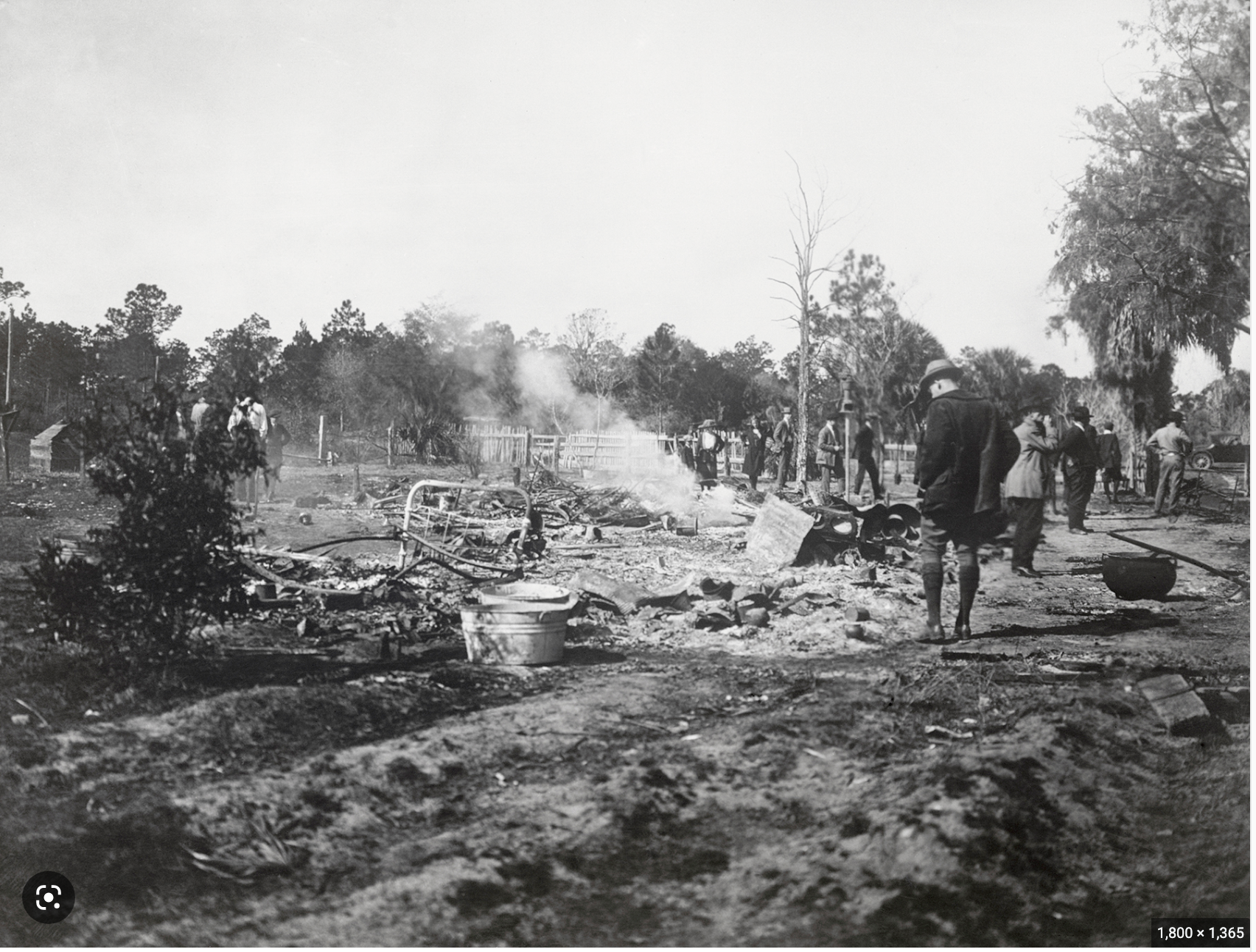Lynchings and Massacres
This is a gruesome way to kick off 2023, but because of our commitment to centenaries, we must acknowledge that 1923 began on New Year’s Day with a massacre, the razing of the Black town of Rosewood, Florida.
But let us take a step back. The popular conception of racially motivated killing of African Americans readily accepts lynchings – it’s our very own specifically American contribution to the violence that human beings visit on one another. We are historically resistant to the concept of racially motivated massacres, even though they’re much splashier with elevated death tolls. Everybody knows about Emmett Till; everybody now knows about Ahmaud Arbery. (I’m purposely leaving police lynchings out of the account in order not to muddy the waters.)
History witnessed a whole year of African American massacres, now known as the Red Summer of 1919: almost 40 race riots in cities and townships across the country. The historical evidence is easy to find, but this ravening racial injustice, the greatest and most prolonged spasm of white fury in our history, has left NO memory or mark upon our collective consciousness. Even African Americans are largely ignorant of it.
Wilmington 1898; Atlanta 1906; East St. Louis 1917; Tulsa 1921; Rosewood 1923 – all Black massacres perpetrated by whites. The centenary of the Tulsa massacre combined with the popularity of HBO’s Watchmen series which used its historical context as a shocking season opener, has surfaced knowledge of and interest in this particular massacre, but who knows for how long? John Singleton gamely attempted to perform the same service for the township that was completely destroyed in his 1997 narrative film Rosewood. Given the fact that the centenary of the Rosewood massacre has elicited no interest in or revival of the movie, I’m guessing that Rosewood will go down as another case of voluntary amnesia in our national disinterest in massacres.
Lynching stories, on the other hand, are right up our alley. They pit individuals against the mob, so there’s no messiness of judgment, as can happen with massacres when folks on both sides get killed. Rosewood provides examples of both lynchings and massacres. The first person to be killed was an unarmed Black man whom a white vigilante group believed (falsely) to be covering the escape route of a non-existent Black attacker of a white woman (who was probably lying about the attack to cover up an affair she was having with a white man).
Even though he was shot by a trigger-happy member of the mob, the whites hung his corpse in a tree to signify “lynching.”
A few nights later, a crowd of armed white men gathered around the house of a successful (and insufficiently subservient) Black resident of Rosewood in the mistaken belief that this uppity Negro was hiding the non-existent Black “rapist.” (Even though the woman whose lies had provoked the violence had specified that she hadn’t been raped, only beaten, nothing could stop the story from taking on the time-honored contours of the white Southern fever dream.) The African American matriarch of the Carrier house was shot and killed. When two white vigilantes broke through the front door with murderous intent, the Carrier son mowed them down before being shot and killed himself. Since both sides were armed and the casualties were equal, that was neither a lynching nor a massacre. But two white men had been killed by a Black man, and that was a disaster for the Blacks of Rosewood by any definition. They knew their fate was sealed and fled as best they could.
For the next three days and nights, inflamed white men came from around the state to wreak “revenge.” No more white lives were lost in the ensuing racial fury, but a still-unknown number of Black ones, who could not escape the roaming mobs, died in any number of gruesome ways. (The vastly undercounted official number of deaths was reported as 2 whites and 8 Blacks.) Still unslaked, white rampagers burned down practically every building in Rosewood. That was a massacre.
The obvious fact in this edifying taxonomy of racial violence is that the Blacks are always outnumbered, outgunned, outmaneuvered, although often only by sheer force of numbers, and generally abandoned by history. In the case of Rosewood, a white grand jury was convened the following month but found insufficient evidence to prosecute any crimes. Case closed.
This too was a massacre, and the spirit of Rosewood (which had been a relatively prosperous Black community) was razed along with the town itself. The terrified escapees made no attempt to rebuild or return. They never talked about what had happened to others – not even to their children – and yet another African American bloodbath dropped into oblivion.
However Rosewood proved to be the last massacre by whites of an African American community. (Lynchings continued throughout the 20 th century.) When racial violence broke out again, the Harlem riots of 1935 established the template for massacres that were self-directed (the destruction of urban ghettos) and exacerbated by armed agents of the state (the police, state militia, national guard). From henceforward, the fire and fury came from the Black community.
Recent Posts
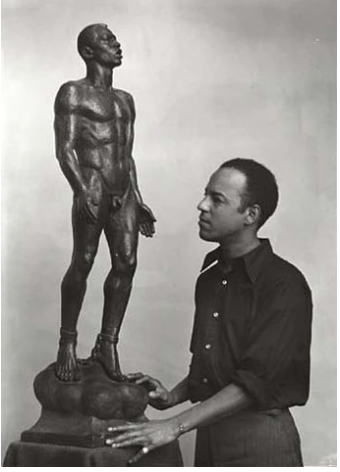
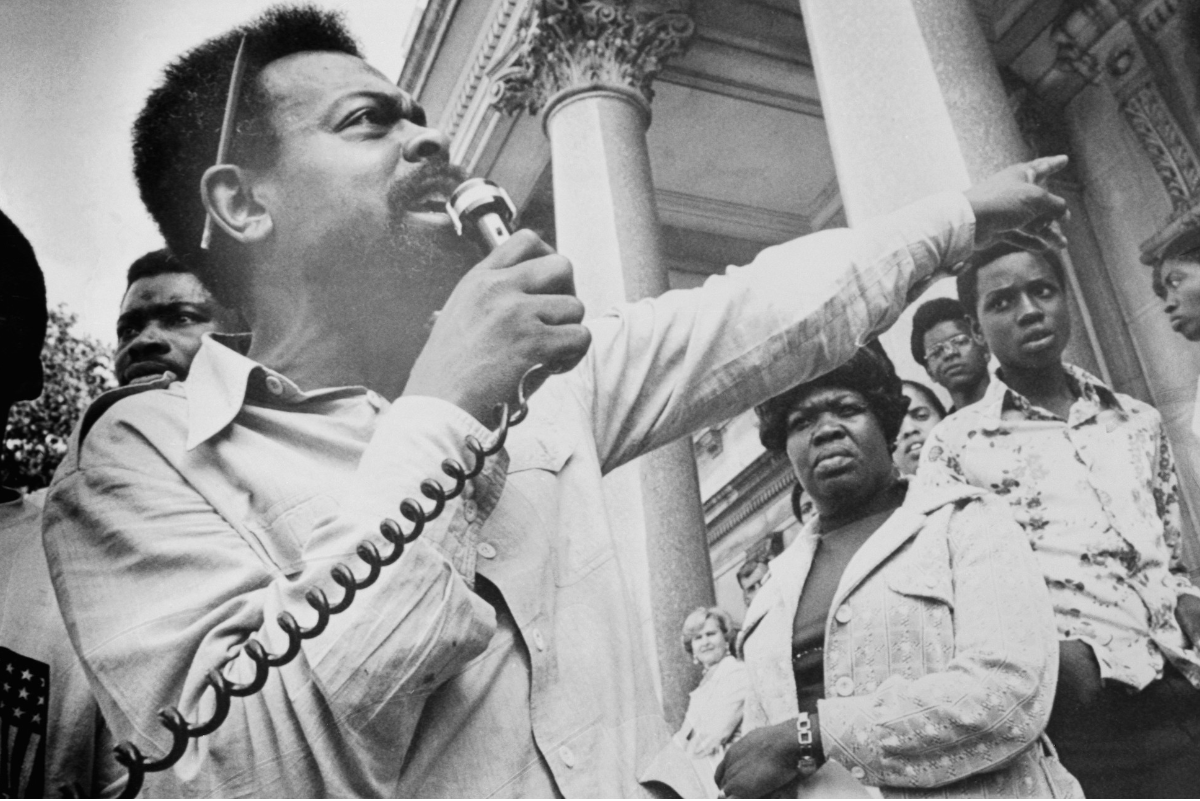
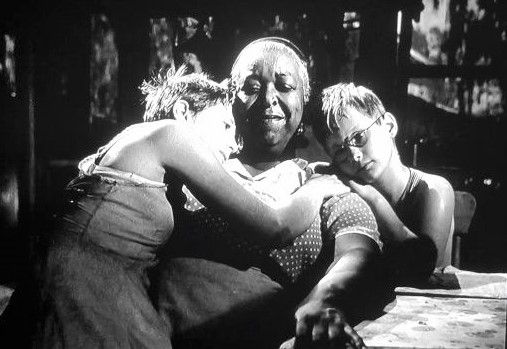
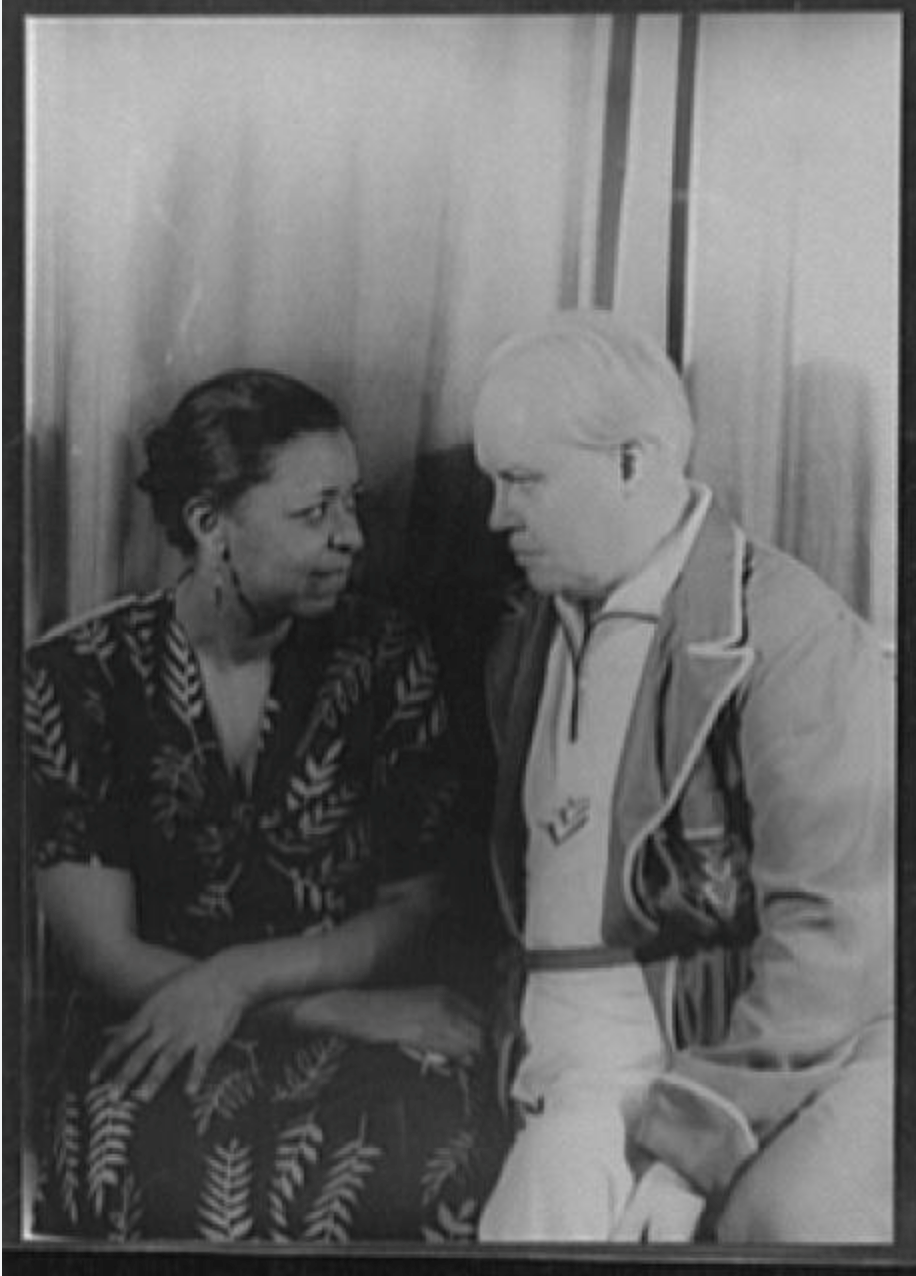
SHOGA FILMS is a 501(c) (3) non-profit production and education company. We create multimedia works around race and sexuality that are intended to raise awareness and foster critical discussion.
Contact Us
All Rights Reserved | Shoga Films
Stay Connected
Thanks for subscribing!
Please try again later.


